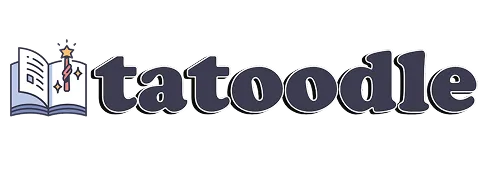In the digital age, the choice between digital and traditional paper notes has sparked considerable debate among students and professionals. Examining the conveniences of speed and organization offered by digital notes against the tactile benefits of paper methods reveals distinct advantages and disadvantages. Understanding these nuances empowers individuals to optimize their note-taking strategies for enhanced productivity and learning.
Digital Notes vs. Traditional Paper Notes
The debate between digital and traditional paper notes is significant as students and professionals weigh the pros and cons of each method. Digital notes offer conveniences in speed and integration within tech ecosystems, allowing easy sharing and organization. Conversely, traditional paper notes provide a tactile, distraction-free approach often praised for its enhanced retention capabilities through the physical act of writing being beneficial for memory. Each method has its niche strengths, leading many to tailor their approach based on specific tasks or preferences.
Pros and Cons of Digital Notes
Digital notes are celebrated for several reasons. They are fast and portable, make sharing and automating tasks simple, and are equipped with robust search functions. Additionally, the use of templates and multimedia makes this method perfect for dynamic and interactive note-taking ideal for modern environments. However, potential downsides include battery dependency, distractions from notifications, and the chance of data mishaps. Security risks and digital clutter add to the challenges but can be mitigated by developing effective digital note-taking practices.
Advantages of Traditional Paper Notes
Despite advancements in technology, traditional paper notes maintain popularity among students for several reasons. They are free from digital distractions, privacy concerns, and dependability on technology. Students often find the act of handwriting supportive of deeper understanding and organizational skills by engaging cognitive processes. Paper notes are easily personalized through visuals like diagrams and mind maps, which can be essential for visual learners. Although paper notes lack the convenience of digital organization and can lead to physical clutter, they offer a distraction-free way to connect with the material.
The Hybrid Approach
Many have found success in blending both digital and traditional methods. Initially taking notes by hand for deeper absorption and later transferring them to a digital form for quick access and sharing can balance out each method’s drawbacks. Tablets with styluses can emulate handwriting while offering digital flexibility, enhancing both retention and organization by combining benefits from each side. Balancing these methods allows individuals to harness the strengths of both and cater their note-taking to the subject matter or user preference.
Effectiveness and Personal Preference
Ultimately, the choice between digital and traditional notes is subjective and should align with the individual’s note-taking goals and learning styles. For highly visual or reading-heavy subjects, the hand-printed word may be optimal, while subjects that require frequent updates or collaboration may find digital alternatives preferable balancing based on needs. Both students and professionals are encouraged to explore and actively engage with varied methods to find what enhances their learning and productivity best.
Why You Should Learn More About Note-Taking Methods Today
In the evolving landscape of education and workplace environments, understanding the nuances of different note-taking methods can enhance productivity and learning potential. Exploring the strengths and challenges of digital and traditional methods helps individuals make informed decisions tailored to their unique requirements, fostering more effective study habits and work practices. By staying informed about these alternatives, individuals can enhance their note-taking strategies, keeping them adaptable and efficient in a fast-paced world of information acquisition.
Sources
Dartmouth’s Survey and Studies on Note-Taking
Saima’s Exploration of Note Taking
Hillsdale’s Analysis of Note-Taking Methods

